In this weeks NewsFlash we hear how protein mimics can be used to fight HIV, that just one gene is the key to fighting off fungus, why megacities are alive and that malaria may have met its match. Plus we look back to this week in science history and the violent eruption of Krakatoa...
In this episode
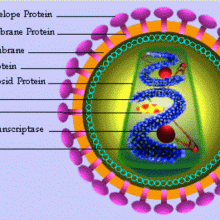
The Protein Bouncer
Protein shakes, protein receptors, protein markers, protein signals and protein enzymes - it seems there's nothing you can't do with a protein! Well scientists have been synthesizing chemical proteins for a little while now and the latest off the production line is an anti-HIV protein mimic. This week scientists from the University of Wisconsin Madison reported in the journal PNAS that they've engineered a molecule that is close enough to the appearance of a natural protein that it can fool and stop biological processes such as cell communication.
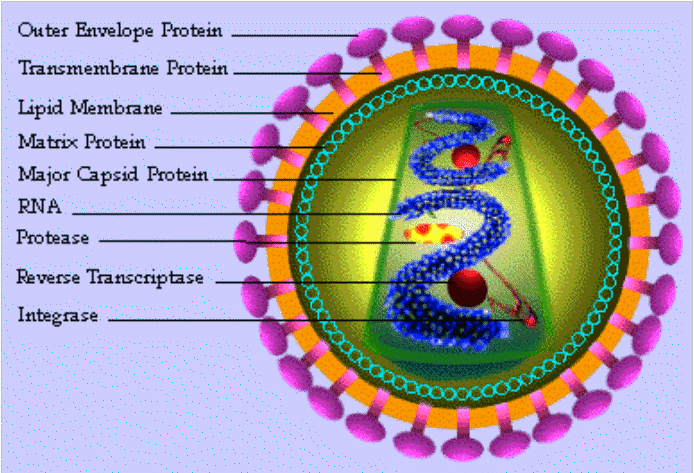 Well viruses communicate using proteins - anything from HIV to ebola, influenza and herpes. Virus cells need to chat to their host cells in order to infect them. So if you can build a sort of night club bouncer for these proteins then you potentially stop the virus from spreading. And it seems you need protein to fight protein to do this.
Well viruses communicate using proteins - anything from HIV to ebola, influenza and herpes. Virus cells need to chat to their host cells in order to infect them. So if you can build a sort of night club bouncer for these proteins then you potentially stop the virus from spreading. And it seems you need protein to fight protein to do this.
Samuel Gellman and his team built some of these molecules so that they resembled proteins by giving them peptide bonds. So they tested the protein bouncer by adding it to human cells in the laboratory and exposing those cells to HIV. These protein mimics actually seemed to block the proteins produced by the HIV, thereby preventing infection of the human cells. The thing that's extra special about these protein mimics is that the scientists can manipulate their shape.
Well ordinary proteins will eventually be broken down by an enzyme that happens to be floating past but the proteins these researchers have manufactured are an unusual shape that most enzymes simply won't recognise or know what to do with. Another advantage of these protein mimics is that they are much bigger than drug molecules and this makes them much more effective in blocking other protein interactions.
The researchers don't know if this can be safely used in people yet so there's no guarantee this will be prescribed any time soon. What it does mean is they've opened quite an exciting new avenue for research where scientists can actually control the shape of the proteins they synthesize.
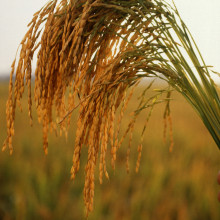
Blasting Away Fungal Attacks
Good news for rice this week as researchers have located the gene responsible for protecting it from fungal attack. Publishing in the journal Science, a team from Japan have identified one of the key protecting elements against a disease called blast. Blast is a type of fungus which causes massive problems in rice production. Just to quote some figures: Magnaporthe grisea affects rice in at least 85 countries across the globe and is thought to annually destroy enough rice to feed 60 million people.
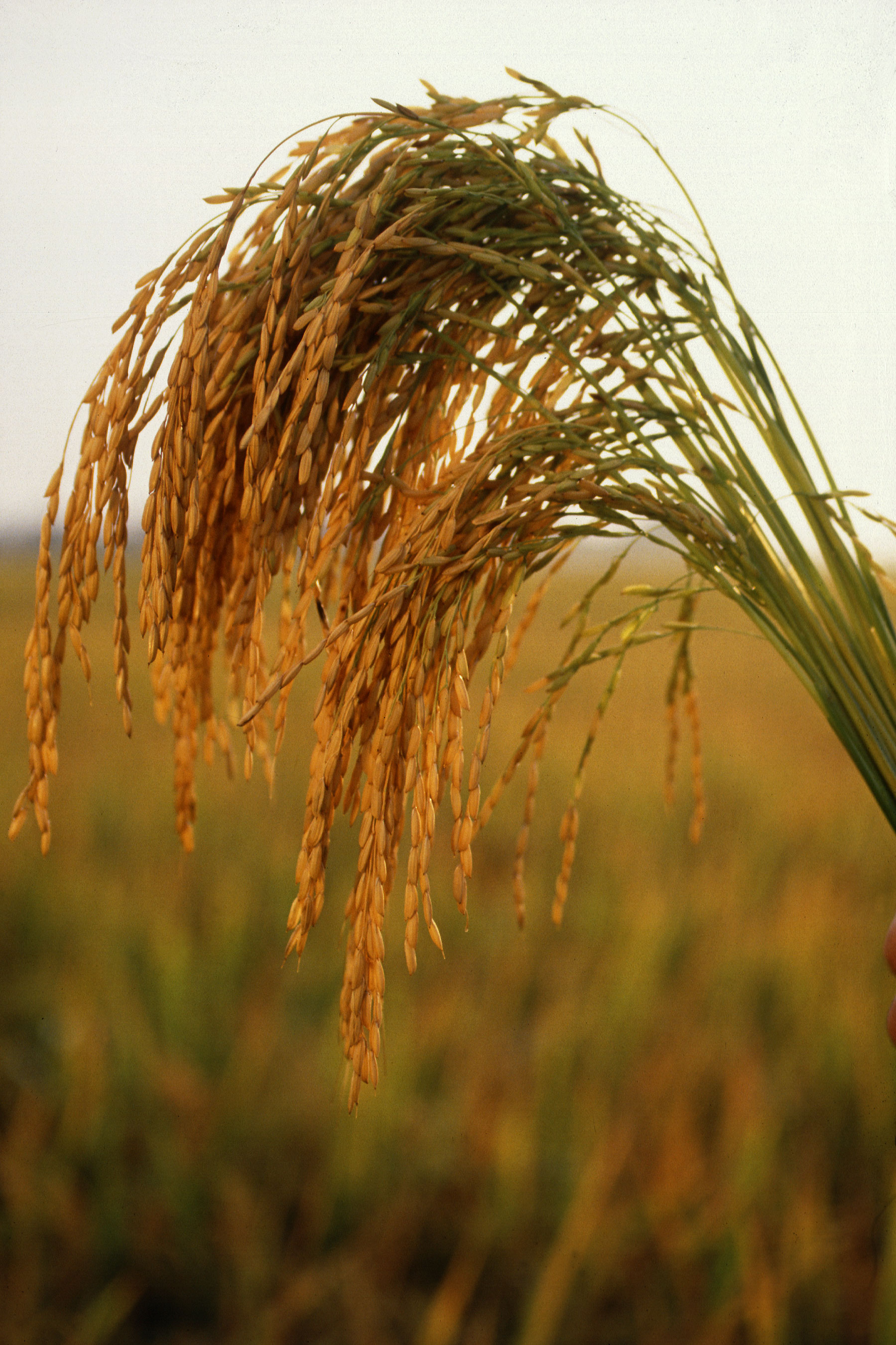 Well the blast-resistant gene is already naturally found in some species of rice, specifically japonica rice. It's called Pi21 and it makes a protein that can bind to heavy metals. The team, led by Shuichi Fukuoka, tested two lines of rice plants: One with the pi21 gene and one without. They found that in the plant with pi21 the fungal hyphae (these are the cells that branch out as the fungus progresses through the plant) could not grow into neighbouring cells. And they think that genes which make proteins that can then bind to heavy metals are really important in protecting the plant from fungal invaders.
Well the blast-resistant gene is already naturally found in some species of rice, specifically japonica rice. It's called Pi21 and it makes a protein that can bind to heavy metals. The team, led by Shuichi Fukuoka, tested two lines of rice plants: One with the pi21 gene and one without. They found that in the plant with pi21 the fungal hyphae (these are the cells that branch out as the fungus progresses through the plant) could not grow into neighbouring cells. And they think that genes which make proteins that can then bind to heavy metals are really important in protecting the plant from fungal invaders.
The researchers aren't sure exactly what's happening at the molecular level just yet and, unlike the protective proteins we talked about earlier this gene doesn't stop the fungus from growing in host cells to start with. The gene only seems to stop the fungus from growing out of its host cell. But what's really special is that this gene can be cloned and bred into other species of rice. So potentially any other types of rice can benefit from this fungal resistance.
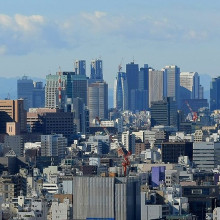
It's Alive: Urban Areas are Organisms Too
I'm sure you've heard people use phrase like 'heart of the city, lungs of the city and almost certainly arteries' but now scientists are increasingly viewing urban environments as living, breathing entities of their own. And at the American Chemical Society meeting this week that was the major debate.
Well Charles Kolb gave a talk at the meeting on 'urban metabolism.' This is where cities are seen almost as animals that take in energy and nutrients but then defecate and expel a heap of waste. So going in is food, water, fuels and building materials. Coming out are gas emissions (or the farts if you like) such as methane and CO2 plus sewerage, heat and pollutants.
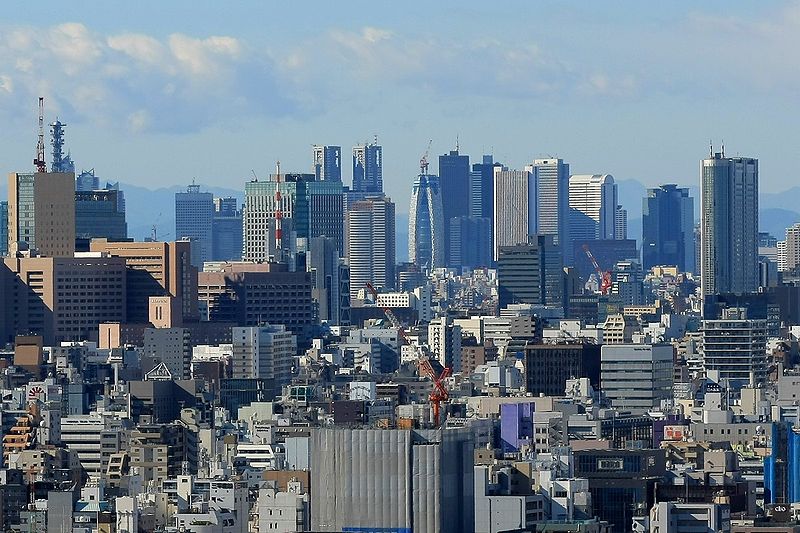 Well in Kolb's model humans are seen as urban metabolisers, along with the factories, industry, landfill, pets, vermin and power stations. A key metaboliser that we can target is transport such as cars, lorries and buses, for example. Kolb claims that by using his model of urban metabolism he can reveal the balance or imbalance of what goes in and what comes out.
Well in Kolb's model humans are seen as urban metabolisers, along with the factories, industry, landfill, pets, vermin and power stations. A key metaboliser that we can target is transport such as cars, lorries and buses, for example. Kolb claims that by using his model of urban metabolism he can reveal the balance or imbalance of what goes in and what comes out.
That's the idea. By comparing the urban metabolisms of different cities Kolb hopes to identify the areas where changes can be made. Because some countries are experiencing greater problems controlling the growth of urban areas while other countries are tackling the waste products that their urban environments produce. Air quality is a huge problem in even the cleanest of cities and the different metabolisers will have different effects according to the location of your city.
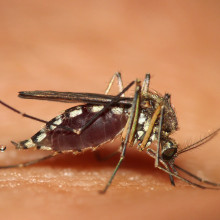
Home-Made Anti-Oxidant to Fight Malaria
Reported in the journal PNAS is a naturally occurring defense against malaria. The magic stuff is called heme oxygenase 1 or HO1 for short and it's normally released by the body anyway, to at least mediate the symptoms of malaria.
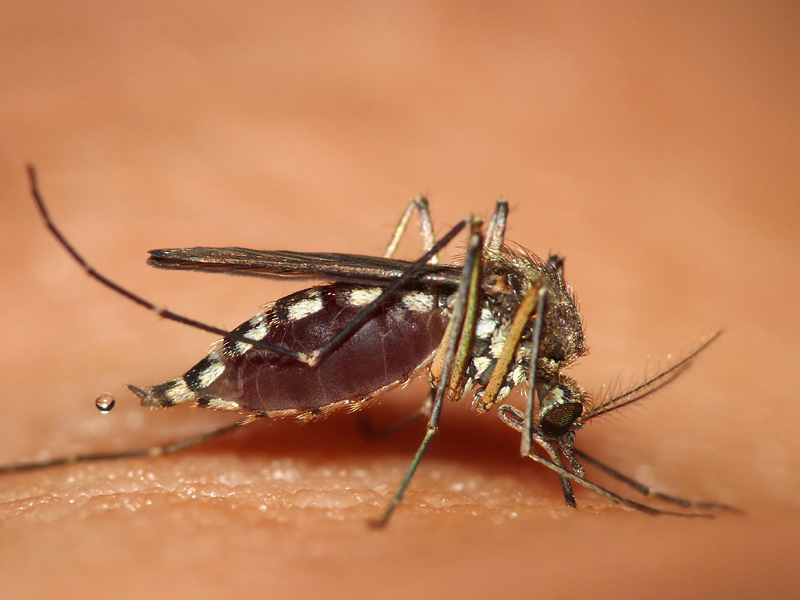 When a person is infected with the malaria parasite, which is called plasmodium, the parasite replicates inside the host's red blood cells. Once the plasmodium has multiplied enough the red blood cells burst and release their heme groups. These are the four iron centres to which oxygen can bind when the blood is transporting oxygen around the body. But when these heme groups are released from the blood cell they can interfere with oxygen transport, leading to a lot of cell damage and eventually death. But HO-1 can actually break down the heme groups and therefore prevent a lot of the damage.
When a person is infected with the malaria parasite, which is called plasmodium, the parasite replicates inside the host's red blood cells. Once the plasmodium has multiplied enough the red blood cells burst and release their heme groups. These are the four iron centres to which oxygen can bind when the blood is transporting oxygen around the body. But when these heme groups are released from the blood cell they can interfere with oxygen transport, leading to a lot of cell damage and eventually death. But HO-1 can actually break down the heme groups and therefore prevent a lot of the damage.
When produced naturally HO1 only mediates the symptoms of malaria but it turns out that a drug already on the market, known as N-acetylcysteine (or NAC), has the same affect as HO-1. It doesn't directly target the plasmodium parasites but it does break down these heme groups. And, as Miguel Soares and his team have shown in mice, that can reduce the severity of the malaria infection quite significantly.
Well Miguel and his team think it won't lead to resistant strains of plasmodium, since they aren't directly targeting the parasite. They're just going for the vessels in which it multiplies. So hopefully this could lead to not only treatments of malaria, but also other infectious diseases too.
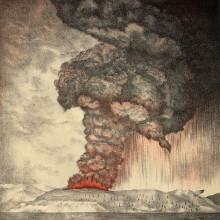
09:03 - This week in science history - The eruption of Krakatoa
This week in science history - The eruption of Krakatoa
Sarah Castor-Perry
This week in science history saw, in 1883, the catastrophic eruption of Krakatoa in Indonesia. The eruption and subsequent pyroclastic flows and tsunami killed at least 40 thousand people, destroyed towns and villages and had effects on global climate for several years. It is considered to be one of the most important eruptions in the history of volcanology, as well as being one of the largest eruptions in recorded history, it was the first where we have enough global accounts and measurements to understand what happened.
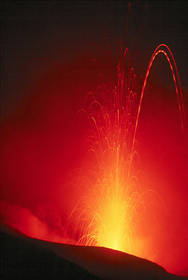 There are around 1500 active volcanoes in the world, 75% of which are found on the Pacific Ring of Fire around the Pacific Ocean. Krakatoa is located in the Sunda Strait between Sumatra and Java - at an area known as a subduction zone, where the Indo-Australian tectonic plate is pushed down underneath the Eurasian plate, causing large amounts of volcanic and seismic activity. It was an earthquake caused by this subduction that caused the devastating Boxing Day Tsunami in 2004. What makes Krakatoa so violent is that it is exactly over the point where the subduction zone changes direction, turning northwards, creating extra tension and fissures in the rocks.
There are around 1500 active volcanoes in the world, 75% of which are found on the Pacific Ring of Fire around the Pacific Ocean. Krakatoa is located in the Sunda Strait between Sumatra and Java - at an area known as a subduction zone, where the Indo-Australian tectonic plate is pushed down underneath the Eurasian plate, causing large amounts of volcanic and seismic activity. It was an earthquake caused by this subduction that caused the devastating Boxing Day Tsunami in 2004. What makes Krakatoa so violent is that it is exactly over the point where the subduction zone changes direction, turning northwards, creating extra tension and fissures in the rocks.
The volcanoes on Krakatoa are stratovolcanoes - steep-sided and made up of alternating layers of solidified lava, ash and rock - they erupt periodically and often violently. They are the most common sort of volcano and if you ask someone to picture a volcano, chances are this is the sort they will imagine. Other examples are Mount Vesuvius, Mount Etna and Mount St Helen's.
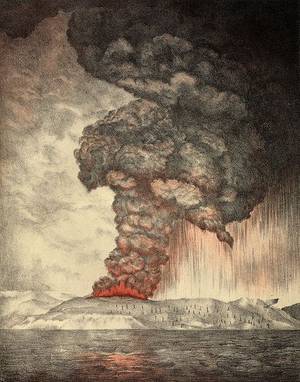 Records of Krakatoa erupting stretch back to the 5th century AD, and in 1883, following several months of earth tremors, the first eruptions of the volcano began in May - steam and ash began to spew from one of Krakatoa's smaller volcanic cones. This eruption was only a fraction of the force of those to come.
Records of Krakatoa erupting stretch back to the 5th century AD, and in 1883, following several months of earth tremors, the first eruptions of the volcano began in May - steam and ash began to spew from one of Krakatoa's smaller volcanic cones. This eruption was only a fraction of the force of those to come.
In the afternoon of Sunday the 26th of August, several explosions occurred as all three volcanic cones on Krakatoa began to erupt. Huge volumes of ash and rock were shot into the atmosphere and began to fall on the surrounding area. Two even larger explosions followed in the early hours of the morning of the 27th, causing pyroclastic flows - clouds of burning hot gas, ash and rock that rushed down the volcano and across the surface of the sea, causing tsunamis that spread around the Sunda Strait. A third huge blast occurred at 10:02 in the morning. This explosion was so violent and loud that is was heard over three thousand miles away in Mauritius, and the force generated is estimated to have been more than twenty thousand times greater than the atomic bombs dropped on Japan at the end of the Second World War. The shock waves reverberated around the world seven times. As lava was fired out of the volcano, the magma chamber beneath the islands emptied, and over half of Krakatoa Island collapsed into the sea.
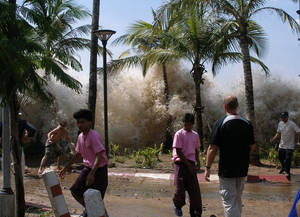 The majority of the deaths from Krakatoa were as a result of the tsunami, which devastated the low-lying land around the Strait, on Sothern Sumatra and Western Java. The wave was so large that it carried one ship nearly two miles inland. Pyroclastic flows, just like those that engulfed the cities of Pompeii and Herculaneum when Vesuvius erupted in 79AD, destroyed villages up to 45km away. The death toll of the eruption was over 36 thousand people, still the largest of any volcanic eruption in recorded history.
The majority of the deaths from Krakatoa were as a result of the tsunami, which devastated the low-lying land around the Strait, on Sothern Sumatra and Western Java. The wave was so large that it carried one ship nearly two miles inland. Pyroclastic flows, just like those that engulfed the cities of Pompeii and Herculaneum when Vesuvius erupted in 79AD, destroyed villages up to 45km away. The death toll of the eruption was over 36 thousand people, still the largest of any volcanic eruption in recorded history.
But the effects of Krakatoa were felt around the world for years to come. Sulphur dioxide released by the blasts into the atmosphere increased the reflectivity of clouds and decreased global temperature by 0.5 degrees. Record winter snowfalls were recorded around the globe for the next four years. A report published in Nature in 2006 suggested that Krakatoa may have had a cooling effect on the oceans for over one hundred years, counteracting anthropogenic climate change for a time.
Today, all active volcanoes are monitored for any changes in activity that could indicate an imminent eruption, such as seismic activity, gas emissions, ground deformation caused by magma or gas build-up, changes in temperature of hot springs and through observations such as steam release from the crater. In most volcanic areas, some sort of activity of these kinds goes on all the time, but it is when changes and increases in activity occur that alarm bells start ringing, literally.
Globally, 500 million people live within the danger zone of a volcano, so being able to give early warnings and begin evacuations is essential. Our planet can be violent and deadly, but our knowledge has been building since Krakatoa, and hopefully any future eruptions will not bring such a catastrophic death toll.









Comments
Add a comment